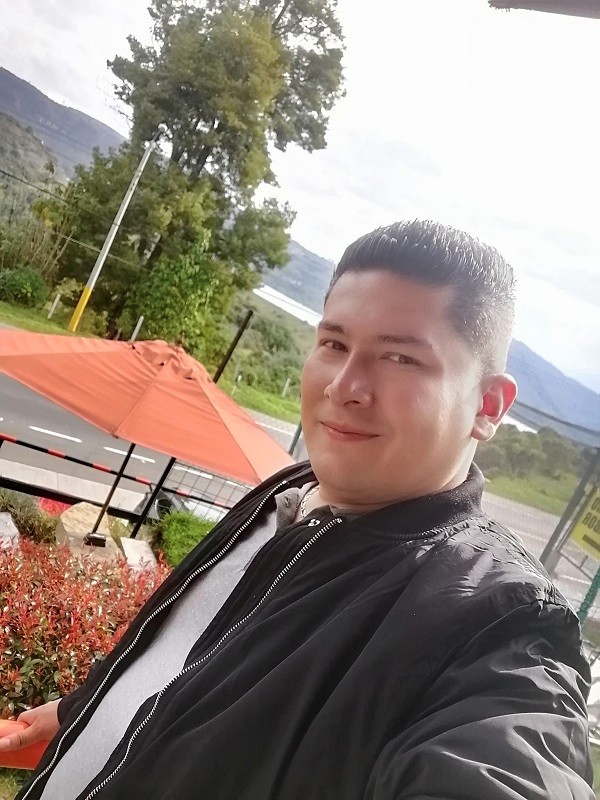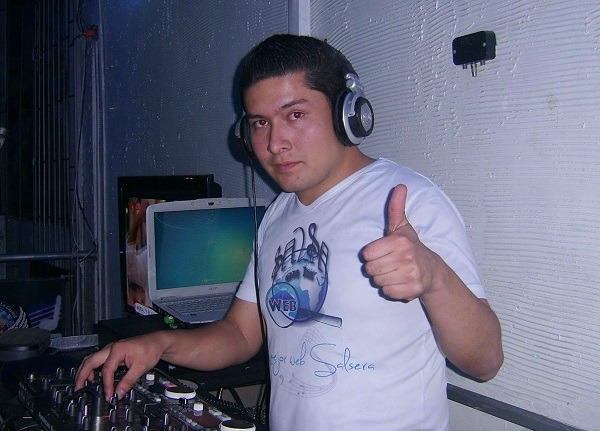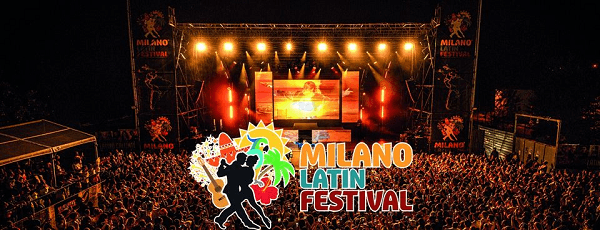Salsa En La Web
As our dear readers know, International Salsa Magazine is dedicated to promoting Latin music artists, especially those who sing salsa, but we also believe that it is of extremely importance to promote platforms that, like us, seek to spread this wonderful and colorful music everywhere.
Salsa En La Web is a salsa community on the internet, so there are members from all over the world. This site is devoted to promoting and spreading everything related to salsa and Latin music so that the new generations get to know the musical idols of their parents and grandparents. They also want this musical genre to keep growing and never go out.

DJ Danny Salsa, director and programmer of Salsa En La Web
Interview
Today, we talked to the administrators of the website Salsa En La Web, which is devoted to promoting salsa worldwide, and our questions were as follows:
Who are we talking to? Please provide your name, occupation and direct or indirect relashionship with salsa.
You’re talking to DANNY SALSA, director and programmer of SALSAENLAWEB. I am also a chemist and DJ by profession. – Collector of romantic salsa.
According to what I read on your Facebook page, you have spread salsa culture at the global level for 11 years. How did everything start?
In 2011 we started sharing music on a blog where we spread LP, CD, ARTISTS, GROUPS, ORCHESTRAS. After that, we also shared gatherings of collectors and salsa events in Bogota.
To date, we have not failed to spread salsa culture that through this beautiful music, we want to make a better culture.

DJ Danny Salsa loves salsa and wants to promote it
What has motivated you to create a website of this style? Why are salsa and Latin music so important to you?
First of all, the taste for salsa music started from I was 13 years. From a very young age, I had contact with computers after school. In my spare time, I created my first blog and, after knowing the world of the internet, I created this website of salsa.
Salsa has brought me great friends, moments, live artists since I programme salsa at bars. I saw the happiness dancing and sharing after entering the world of collecting your albums for your own taste brings.
What part of the world is the largest part of your audience from?
Colombia is our biggest audience with listeners who always listen to our programming at any time of the day and from any time of the day and from any part of the planet where there is an Internet connection.
According to the map on your website, many members of your audience are in Europe and the southern United States. Where are you located? Are you in different countries?
The website is free on the platform www.salsaenlaweb.com.co and from the APP without any cost, listeners in these countries can listen to us from these countries send us their good comments and this motivates us to programme the best salsa music through our . We are in Bogota, Colombia but we have listeners all over the world.
In addition to salsa, what other musical genres do you promote?
We don’t do dissemination of other genres because we are select in salsa.
What goals have you set in the long run?
We want to be the salsa website of reference for its good content in the whole world and have great sponsors that allow us to keep working in favor of salsa.

Logo of Salsa En La Web









